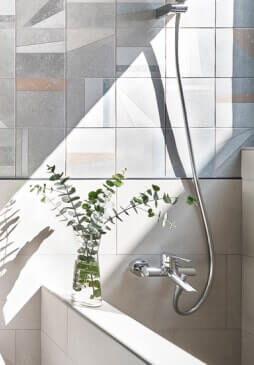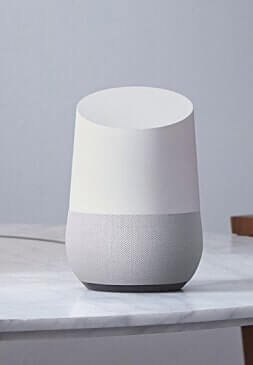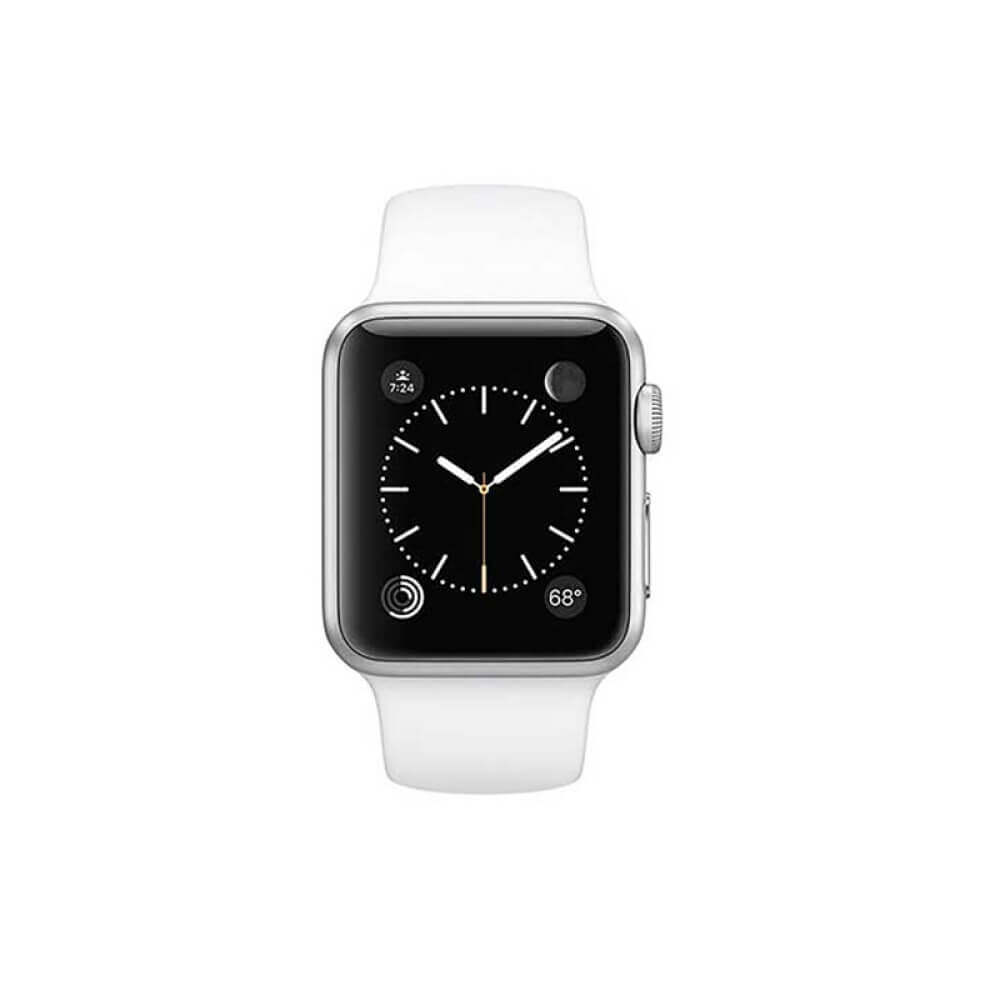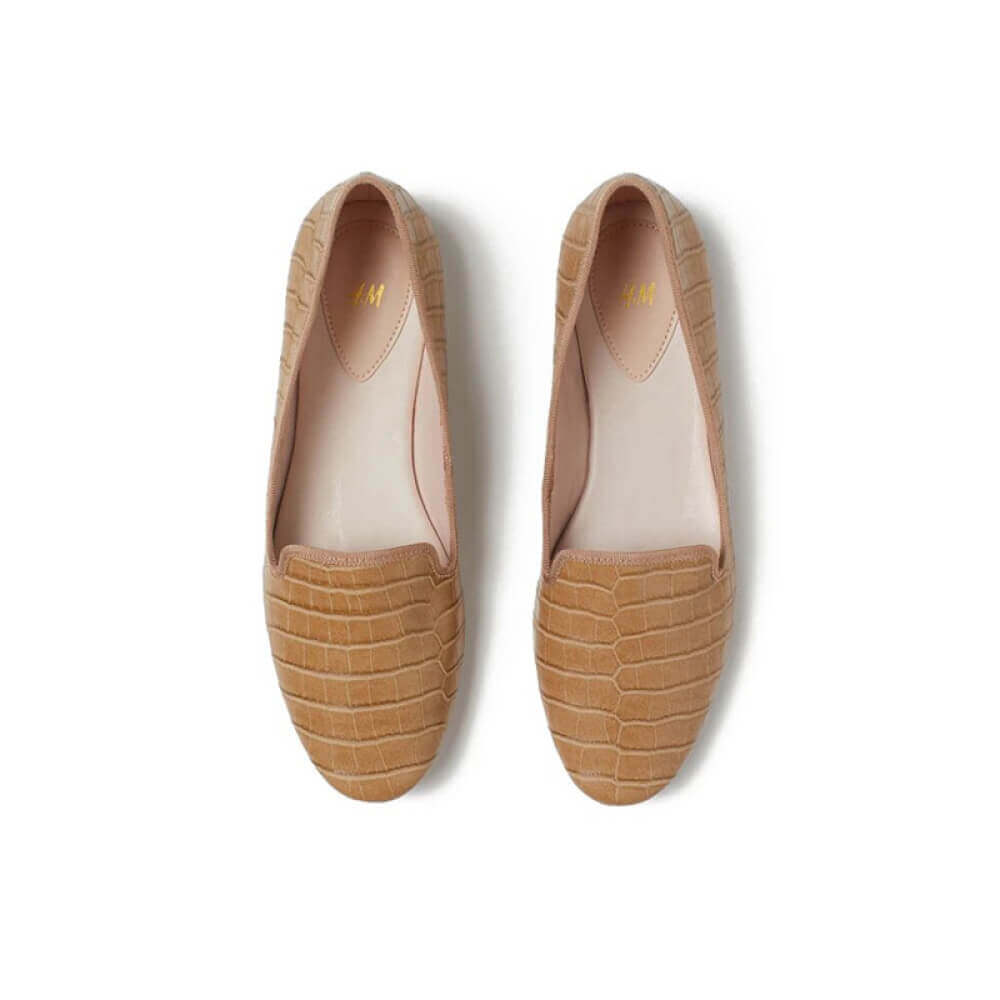Ancient Egypt has long captivated the world with its mysterious pyramids, meticulously preserved mummies, and rich symbolism. These iconic elements not only served spiritual and practical purposes thousands of years ago but continue to influence contemporary art, architecture, and design. Understanding this enduring legacy offers valuable insights into how ancient principles can inform modern creativity and innovation.
Table of Contents
- The Artistic and Architectural Legacy of Ancient Egypt
- Symbolism of Egyptian Icons in Modern Emblems
- Architectural Inspirations from Pyramids
- Modern Conservation Techniques Inspired by Mummification
- Material Innovation: From Electrum to Modern Alloys
- Animal Symbolism and Ethical Design
- The Eye of Horus in Contemporary Design
- Cultural Crossovers and Hidden Influences
- Modern Products Inspired by Egyptian Motifs
- Conclusion: Timeless Inspiration in Modern Creativity
The Artistic and Architectural Legacy of Ancient Egypt
Ancient Egypt’s artistic achievements are exemplified by monumental architecture like the pyramids and intricate tomb decorations. The Pyramids of Giza, built over 4,500 years ago, showcase advanced engineering techniques and a mastery of geometric precision. These structures were not only tombs but symbols of divine order and eternal life, reflecting a culture deeply invested in spirituality and the afterlife. This legacy influences modern architecture through the adoption of geometric forms and the pursuit of harmony and stability in design.
Symbolism of Egyptian Icons in Modern Emblems
Egyptian symbols like the Eye of Horus and the scarab beetle convey protection, health, and royal authority. These symbols have transcended their original religious context to become universal motifs in branding and jewelry. For example, the Eye of Horus is often used in modern logos to symbolize vigilance and protection, illustrating how ancient iconography can be reinterpreted to convey trust and strength in contemporary settings. Incorporating such symbols in branding connects modern consumers with the deep cultural narratives of the past.
“Ancient symbols serve as powerful visual language, bridging millennia of human experience and modern storytelling.”
Architectural Inspirations from Pyramids
The pyramid shape’s structural efficiency and aesthetic appeal have inspired contemporary architecture. Its geometric stability allows for even distribution of weight, which is utilized in modern pyramidal structures like the Louvre Pyramid in Paris or the Luxor Hotel in Las Vegas. Sustainable building designs also borrow from pyramidal principles, optimizing natural light and airflow. The pyramid’s form exemplifies how ancient engineering can inform eco-friendly and resilient architecture today.
Modern Conservation Techniques Inspired by Mummification
The ancient Egyptians’ sophisticated embalming methods aimed to preserve bodies for eternity, involving chemical treatments and careful wrapping. Modern conservation techniques—such as microclimate control, chemical stabilization, and non-invasive imaging—are directly inspired by these practices. In product design, preservation concepts influence packaging that protects goods from environmental damage, extending shelf life and maintaining quality. This cross-temporal link highlights how ancient preservation principles continue to inform modern practices.
Material Innovation: From Electrum to Modern Alloys
Electrum, a natural alloy of gold and silver, was prized in ancient Egypt for its durability and aesthetic appeal. Nubian mining techniques supplied high-quality electrum, showcasing advanced metallurgical expertise. Today, researchers develop sophisticated alloys for luxury jewelry and high-performance applications, drawing inspiration from these ancient practices. The pursuit of durable, beautiful materials continues to be a bridge between past and present, reflecting a long history of material innovation.
Animal Symbolism and Ethical Design
Cats and jackals held sacred significance in Egyptian culture, representing protection, guardianship, and divine connection. Modern designers incorporate animal motifs to evoke these qualities, but also face ethical considerations around animal rights. For example, jewelry featuring animal symbols must balance aesthetic appeal with ethical sourcing. The symbolic reverence for animals inspires a respectful approach to design, emphasizing harmony with nature and cultural heritage.
The Eye of Horus in Contemporary Design
The Eye of Horus is one of the most recognizable symbols from ancient Egypt, representing protection, health, and royal authority. Its sleek, stylized form has been adapted into modern jewelry, logos, and even digital branding strategies. For instance, some tech companies incorporate eye motifs to symbolize vigilance and insight. An illustrative example is the this slot is pretty decent tbh, showcasing how the symbol continues to resonate in entertainment and branding. The Eye of Horus exemplifies how ancient symbols can be reimagined to convey modern values of protection and wisdom.
Cultural Crossovers and Hidden Influences
Egyptian motifs have influenced diverse art movements such as Art Deco, characterized by geometric patterns and luxurious ornamentation. Modern design often fuses Egyptian symbolism with other cultural aesthetics, creating a rich visual language. Mythological storytelling from Egypt informs contemporary narratives in film, fashion, and visual arts, where symbols like the scarab or falcon are used to evoke themes of rebirth, protection, and divine power. These crossovers demonstrate the timelessness of Egyptian cultural influences in shaping modern aesthetics.
Practical Examples: Modern Products and Designs Inspired by Ancient Egypt
Architectural projects such as museums and luxury hotels often incorporate pyramidal shapes and symbolic motifs, paying homage to Egyptian grandeur. Jewelry and fashion collections frequently feature Egyptian-inspired designs like the Eye of Horus or hieroglyphic patterns, blending ancient symbolism with modern craftsmanship. Consumer products—ranging from home decor to luxury watches—utilize Egyptian aesthetics to evoke sophistication and timeless appeal. These examples highlight how ancient Egyptian design principles continue to inspire innovation across industries.
Conclusion: Timeless Inspiration in Modern Creativity
From the enduring symbolism of mummies and pyramids to the sophisticated use of Egyptian motifs in contemporary branding, the influence of ancient Egypt remains profound. These elements embody principles of stability, protection, and spiritual depth that continue to resonate. As designers and innovators explore new frontiers, drawing inspiration from ancient cultures—while respecting their heritage—ensures that creativity remains rooted in timeless values. The legacy of Egyptian design principles exemplifies how history can serve as a wellspring for modern innovation.
















Add comment